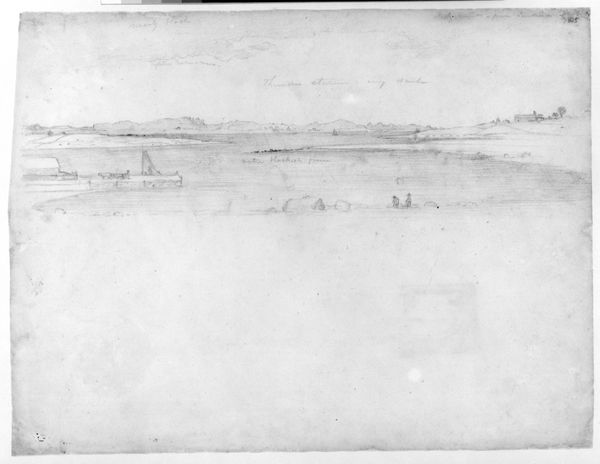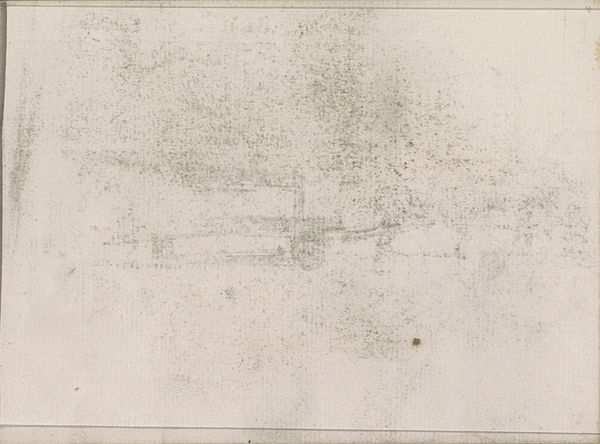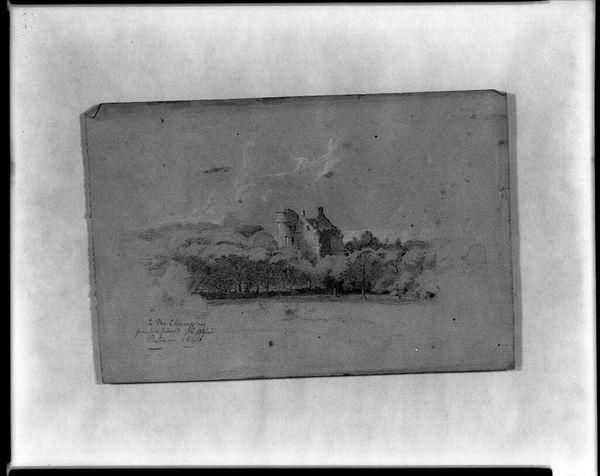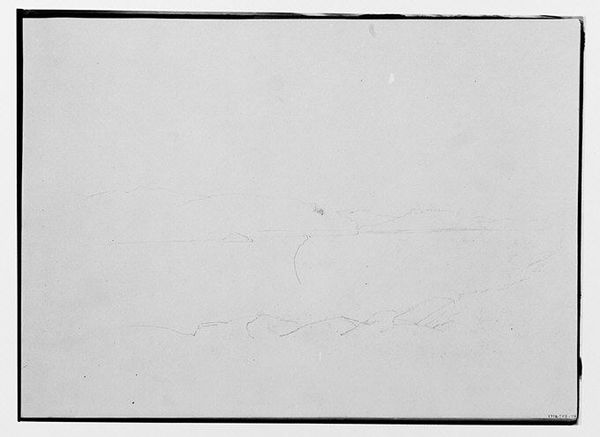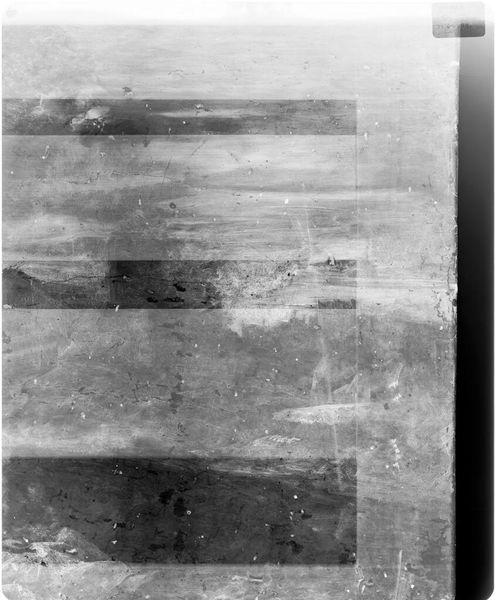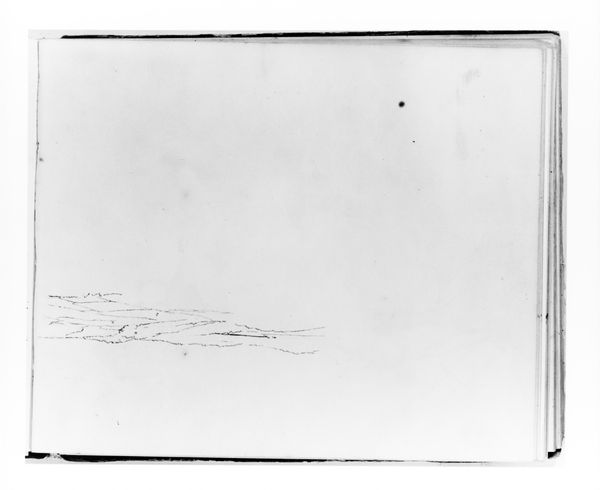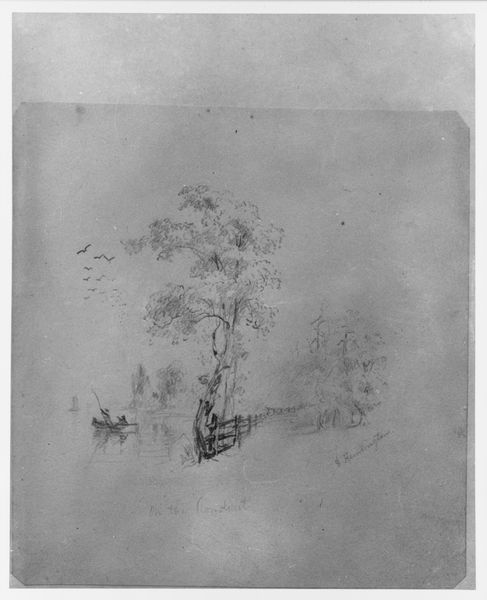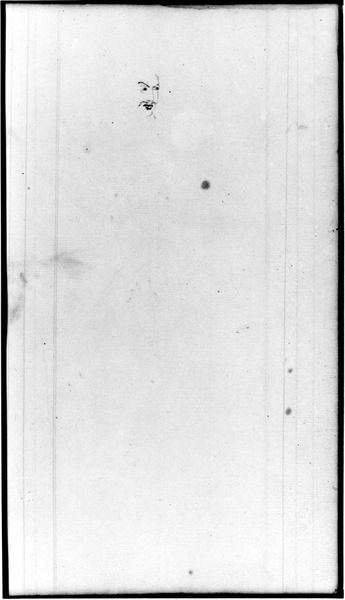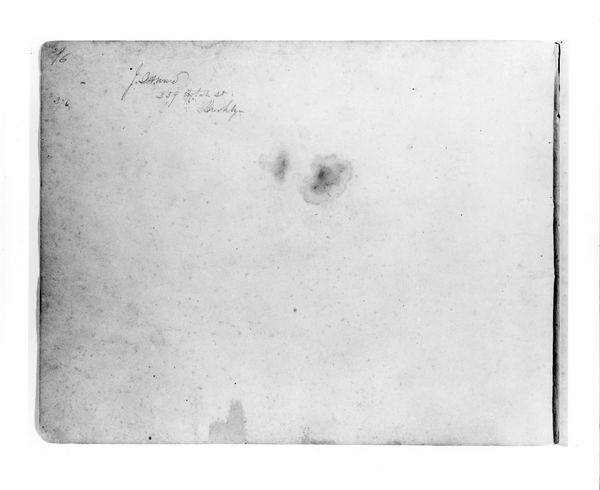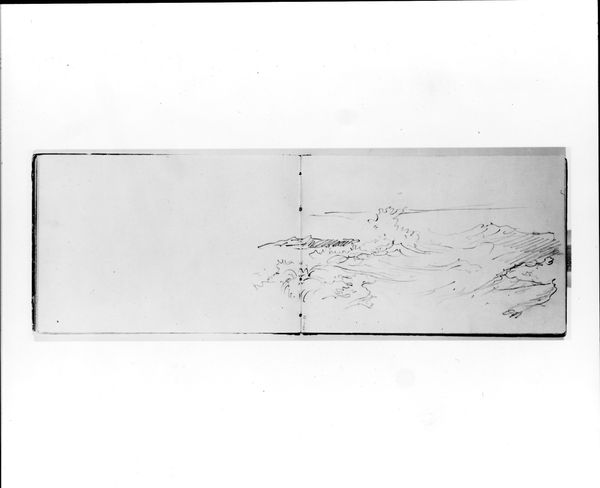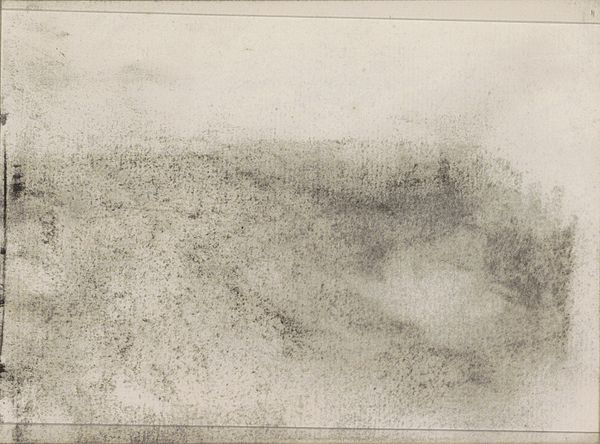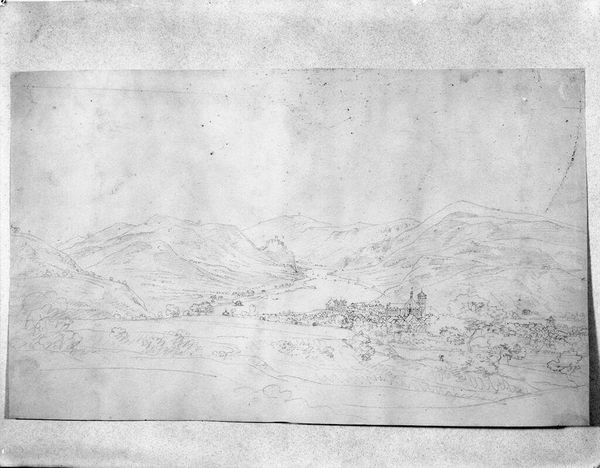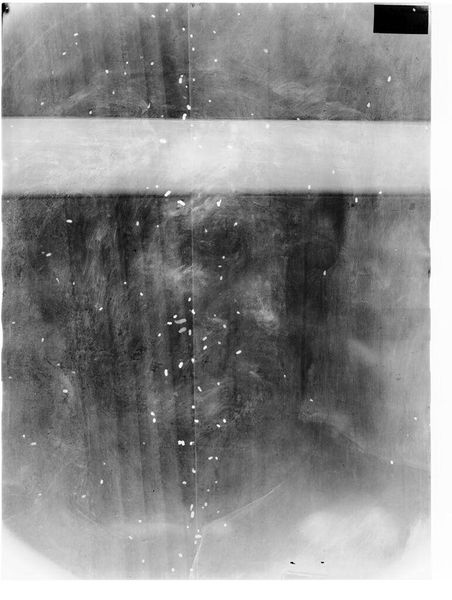
drawing, pencil
#
drawing
#
sculpture
#
landscape
#
pencil
#
hudson-river-school
Dimensions: 12 1/2 x 14 7/16 in. (31.8 x 36.7 cm)
Copyright: Public Domain
Curator: Before us we have William Rimmer's pencil drawing, "Wellfleet Islands, Looking West," created sometime between 1865 and 1868. Editor: My first impression is one of vastness and sparseness. The limited tonal range gives it an almost ghostly quality. It's quite austere in its presentation of landscape. Curator: Indeed. Rimmer's precise yet restrained use of line emphasizes form and structure, revealing a commitment to the underlying geometry of the land. We could delve into the formal qualities of how Rimmer translates visual observation into semiotic language. Editor: From a historical vantage, the understated presentation here stands in sharp contrast to the Romantic vistas so fashionable in mid-19th century American landscape painting. What do you make of its public reception back then? Was it considered marginal to mainstream artistic trends? Curator: It likely was. While affiliated with the Hudson River School, his explorations in sculpture and anatomy, coupled with his stark stylistic approach, pushed him away from the easily palatable landscapes of that era. Consider also that Rimmer balanced artistic pursuits with medical studies. The precise anatomical perspective and linear clarity suggests he was deeply invested in exploring the underlying framework of visual language and, quite literally, our bodies. Editor: It's curious how his training might have led him toward different vantage points on nature. Also, Cape Cod has historically offered solace, spiritual escape, and recreation... what were the cultural touchstones for an artist working on landscapes here during that time? I find myself wondering what statements he wanted to offer. Curator: Its significance hinges, in part, on its formal properties: line, structure, the organization of forms into geometric and even mathematically precise entities. Thinkers of his generation struggled to integrate subjective emotion and experience into visual structures that remained coherent, rational, and governed by stable and predictable laws. This work sits within those explorations, that negotiation. Editor: An interesting counterpoint. To me, the historical and cultural significance seems profound when looking at the choices around portraying landscape through sparse means in this transitional period. Perhaps it embodies quiet social critique through understatement? Curator: A compelling possibility, when read in its historical moment, of course, yet I find enduring value in its visual elements, apart from all cultural interpretation. Editor: Ultimately, these sparse forms contain rich grounds for either perspective. Thanks.
Comments
No comments
Be the first to comment and join the conversation on the ultimate creative platform.
